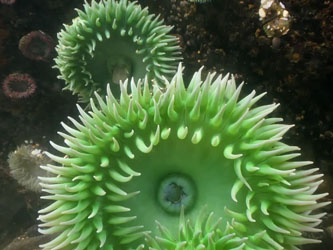The point of no return for ecosystem change
The complex behaviour of ecosystems interferes with remedial action to implement damage limitation procedures for the protection of our environment. The EU-funded ′Thresholds of environmental sustainability′ (Thresholds) project aimed to develop tools for the improvement of sustainable policy formulation in this regard. Project research focused on the notoriously sensitive area of European coastal zones, where in many instances policy needs are critical due to damage inflicted by human use and abuse. Thresholds′ developments were designed to allow for the complexities of coastal ecosystems that have to cope with pressures from not only industrialisation and residential use, but waste disposal, fish farming and recreational pursuits. Direct drivers including habitat change and indirect drivers such as increase in recreational sports were incorporated in the Thresholds study. As the name of the project implies, Thresholds aimed to identify critical driver barriers beyond which ecosystems would suffer irreversible changes. The ecologists also estimated the economic costs of going over those barriers and formulated policy recommendations to help coastal managers deal with thresholds of environmental sustainability. The 50-month Threshold study identified indicators of irreversible damage. A four quadrant diagram was created to help with assessment of effects, hysteresis or postponement of effects after the cause, uncertainty and exceeding the limits of irreversible change. Tools with the necessary increased simulation power and less specificity were developed for this purpose. Mathematical phenomena, in particular bifurcation, where a system develops a new branch with fresh variables was used extensively. Appropriate elements of the Thresholds toolbox of statistical and mathematical techniques pinpointed nutrient thresholds linked with eutrophication, for example. Integration is the key to the success of the methodologies that can cope with the many links between sources of pollution and the environment. These were selected for relevance to European studies at all levels. Importantly, general guiding principles were formulated for coastal zone management to assist decision making at a local and international level.







